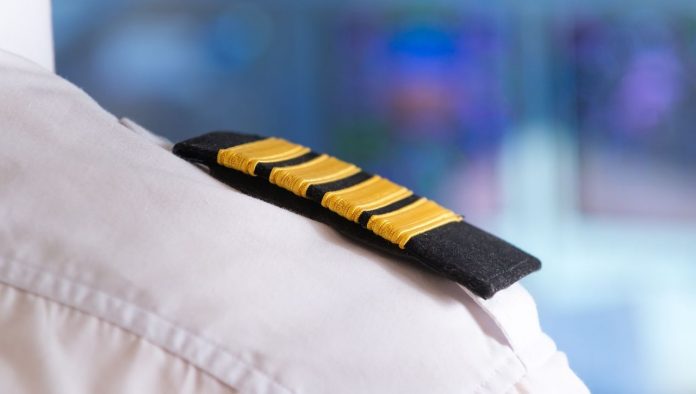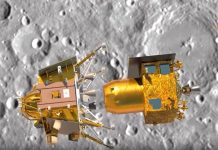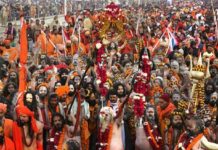We all, at some point in life, have dreamed of becoming a pilot. That is the style and glamour the profession possesses. In fact, many of us let go that dream due to the lack of adequate information regarding the criteria to become a pilot. This piece is for those, who are still dreaming of their career as a pilot and searching for further information.
Pilot training institutes have been a rare phenomenon in India till the beginning of the millennium. There was only a handful of them with limited infrastructure facilities. A pilot trainee must be trained in the simulator as well as in real flight for him or her to gain experience. Insufficient training in aircraft and exorbitant fee had deterred many taking up the course. A few determined youngsters joined academies abroad to pursue their dream. Time has changed. India has some of the best pilot training in kochi. Some of the leading aviation academies are as follows:
– Sha-Shib Aviation Academy (SAA), Kerala
– National Flying Training Institute, Gondia
– Rajiv Gandhi Academy of Aviation Technology, Kerala
– Indira Gandhi Rashtriya Uran Academy (IGRUA), Rae Bareilly
– Bombay Flying Club, Mumbai
Table of Contents
How to Become Defense Pilot in India?
You can become a commercial pilot or defense pilot. Becoming a defense pilot requires you to qualify exams conducted by Union Public Service Commission (UPSC), such as National Defense Academy (NDA) exam, Combined Defense Services (CDS) Exam, Air Force Common Admission Test (AFCAT, which is a Short Service Commission for 14 years) or through NCC (if you have Air Wing ‘C’ certificate).
After clearing any of the abovementioned tests (excluding NCC ‘C’ certificate holder. He/ she can attend Service Selection Board ‘SSB’ directly), the aspirant must clear Pilot Aptitude Test to join the defense air arm.
Once you join the armed forces, the training will be undertaken by the defence organisation. You do not have to pay even a single penny from your pocket. On the other hand, you will be paid a stipend during training also. You are required to serve in the armed forces on completion of training. You will be serving the nation, a matter of pride for many.
How to Become a Commercial Pilot in India?
If you wish to become a commercial pilot, the route for the same is different. Any candidate having an aggregate of 55% marks in 10+2 science (that include Physics, Chemistry and Maths) can join the flying school. Those who haven’t studied Science (PCM) during 10+2 can attend National Institute of Open Schooling and study the subjects to become eligible. Subsequent procedure for joining the pilot course is as follows:
Entrance Examination
The aspirant has to qualify an entrance examination conducted by The flying schools and aeronautical academies conduct an entrance examination to assess the candidate. The student will be subjected to a medical examination subsequently, for ascertaining that the candidate possesses the medical fitness stipulated by Director General Civil Aviation.
Medical and Interview
Those candidates who clear both the written exam and medical test will be called for an interview. The Chief Instructor of the course or the representative of DGCA will take the interview. Once qualified in all the aforesaid tests the aspirant will be enrolled into flying school. He/ she will be given a Student Pilot license.
The flying school/ aviation academy will provide adequate theoretical and practical training to the student. The theoretical training will include subjects like Aerodynamics, Aircraft Theory, and Aero-Engines and so on. The theory classes will aid the student in understanding the basics of aviation. He or she must have knowledge about the theory of flight.
A simulator training will precede practical training in flight. A simulator is similar to an aircraft cockpit with all the controls in it. The simulator flying will help in familiarization of the flying controls and emergencies.
Practical training will be focusing on take-off, landing and control of the aircraft during flight. The more a student can get in-flight training the more he/ she is benefitted. By the time, he or she finishes the training, the student might have completed at least 250 flying hours.
Following the completion of training and completing at least 250 flying hours, the student can apply for Commercial Pilot License.
There are many aeronautical academies and flying schools located around India. You can approach them for further information and join accordingly.
🔥821













